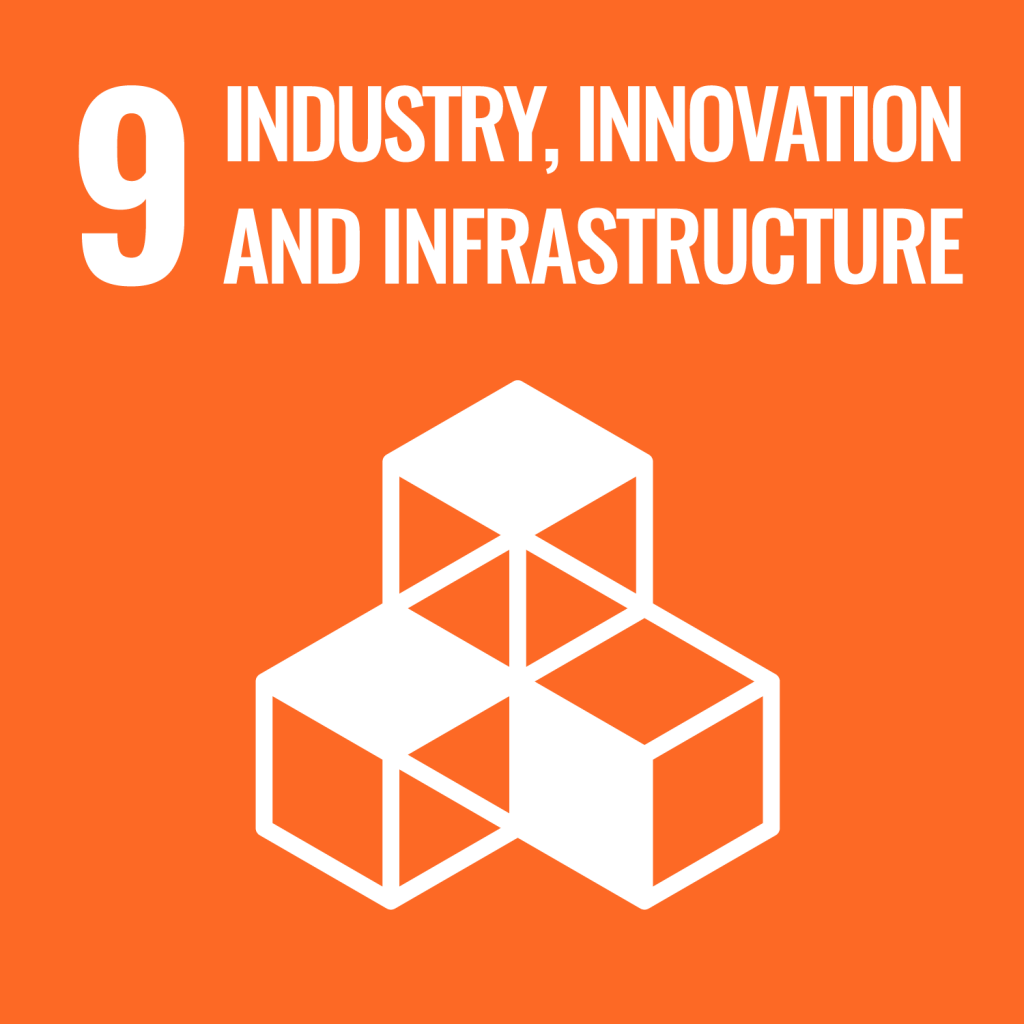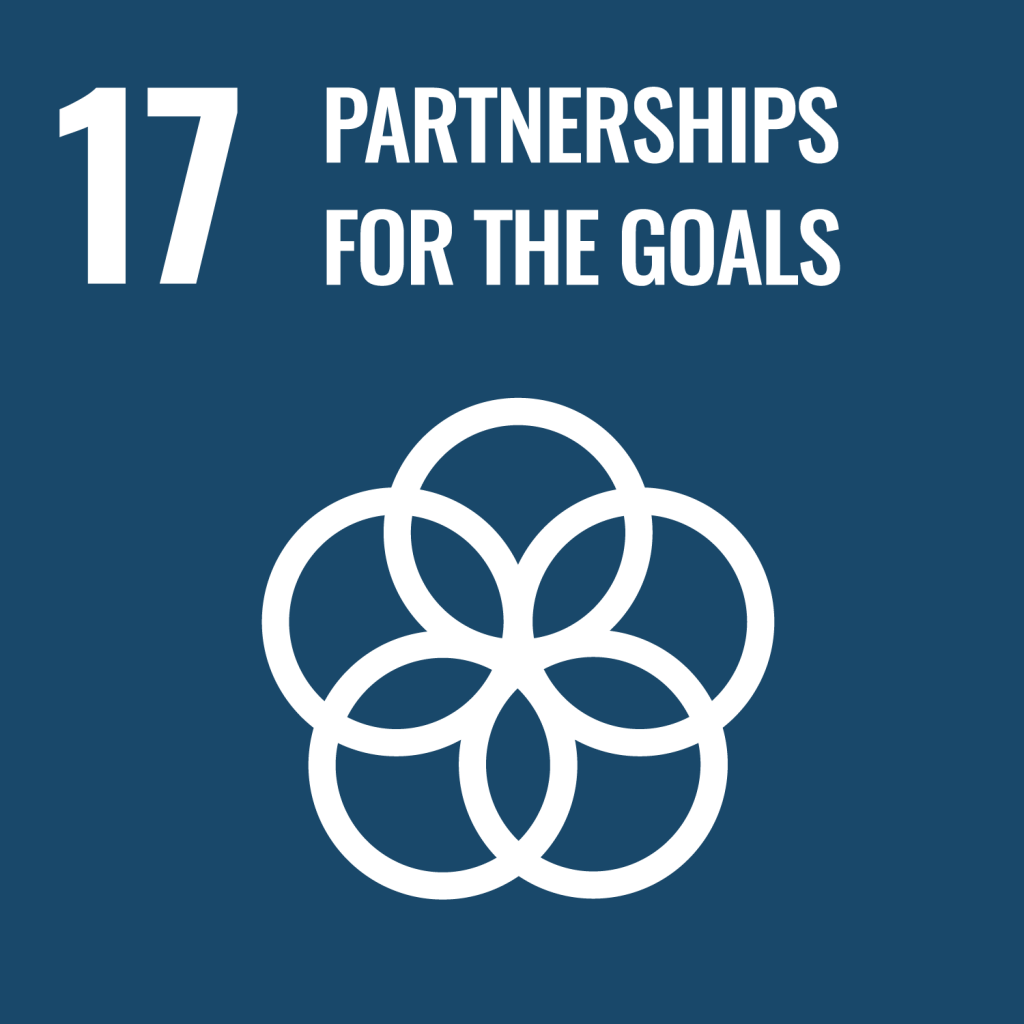Circular Harvest
Micro (1-9 employees)
Primary
Agriculture
Lesson
Lessons from the Circular Harvest case study showcase how to build a circular business from the ground-up, how to look for resources in unexpected and unrelated industries and networks, and how to pivot quickly and at low-costs when business plan assumptions are proven wrong.
Background
Circular Harvest began with Chadd Bauman and Kyle Born at the University of Waterloo. They learned about hydroponics in a first-year course on sustainable business and sought to explore this approach to grow food with reduced land use, water use, and lower carbon emissions. The co-founders began exploring hydroponics at home and learned that the cost of utilities for hydroponics is a barrier to business. They found that using waste produced on a farm to power the farm could create a circular model of waste and energy usage. They researched several industries including: greenhouse growers, dairy, and regular farming. During the investigatory phase, they ran the UW Hydroponics Club and helped organize 25 volunteers to create a hydroponics rack on the main university campus.
Afterwards, the co-founders started their capstone project together as commercial hydroponic farms in barns. Kyle had grown up on a farm in Abbotsford, BC and Kyle’s family had empty barns available for their use. The herbs and greens market was saturated and hydroponic technology was both highly developed and expensive. Therefore, they decided to use container farms for affordability.
They focused on the mushroom industry which suits the circular farm model well, and began growing mushrooms from their house: they currently sell pink oysters, yellow oysters, and Lion’s Mane mushrooms grown in their house to local buyers. They are beginning to shift to selling grow kits, where people may grow their own mushrooms at home, and hint at the movement of the company toward selling primarily growing kits over selling locally-produced mushrooms.





Sustainability Story
The founders continue to hold the core value they had at the beginning of their hydroponics farm journey: a more transparent food system. They believe consumers should know about the impact of their food so that they can make informed decisions that align with their belief systems. To this end, Circular Harvest intends to include measurable carbon impacts on their products. They hope this sparks a “food accountability revolution” and begins to expose the deceptive practices of the current food system.
Circular Harvest Practices
| Circular Product Development | Developing community partnerships |
|---|---|
| The business uses a viable circular economy model that informs all business actions. Founders have established a plan and are beginning to form a team to engineer the infrastructure required to produce energy from business operations. Products upcycle waste products from two industries. The company has established a viable channel to reuse productive output, establishing local circularity. | Business will engage with school boards to educate children on mycology and soil health. Customer-facing packaging will report energy use, water use, and waste generation per unit sold. |
Pathway Map
Circular Product Development
View the Pathway MapKey Actors in Ecosystem
University of Waterloo Hydroponics Club: enabled founders to begin exploring hydroponics and set up their first hydroponics lab on the UW main campus.
Local Carpenters: provide sawdust waste for free to be used in the matrix for growing mushrooms.
Peer mushroom growers in North America have enriched knowledge-sharing through discussions and exchanges of techniques, information and resources.
University of Waterloo: Required founders to complete a capstone project which was the catalyst for this partnership and business.
Local ‘healthy eating’ food movement: inspires continued efforts to produce healthy local food.
Enabling Factors for Practices
| Internal to the organization | External to the organization |
|---|---|
Arresting Factors for Practices
| Internal to the organization | External to the organization |
|---|---|
| Lack of technical expertise regarding engineering | In British Columbia, the primary wood for milling is softwood, which doesn’t work well for mushroom production |
| Lack of available financial resources | Contacting local carpenters was a workaround to find quality hardwood pulp |
| Financial constraints make it challenging to implement sustainability ideas (for example, the business still uses plastic bags because they are less costly) | |
| Transferability from theory into practice (i.e. implementation) is difficult | |
| Unsustainable industry standards used by other farmers make it less economical to use sustainable practices. |
